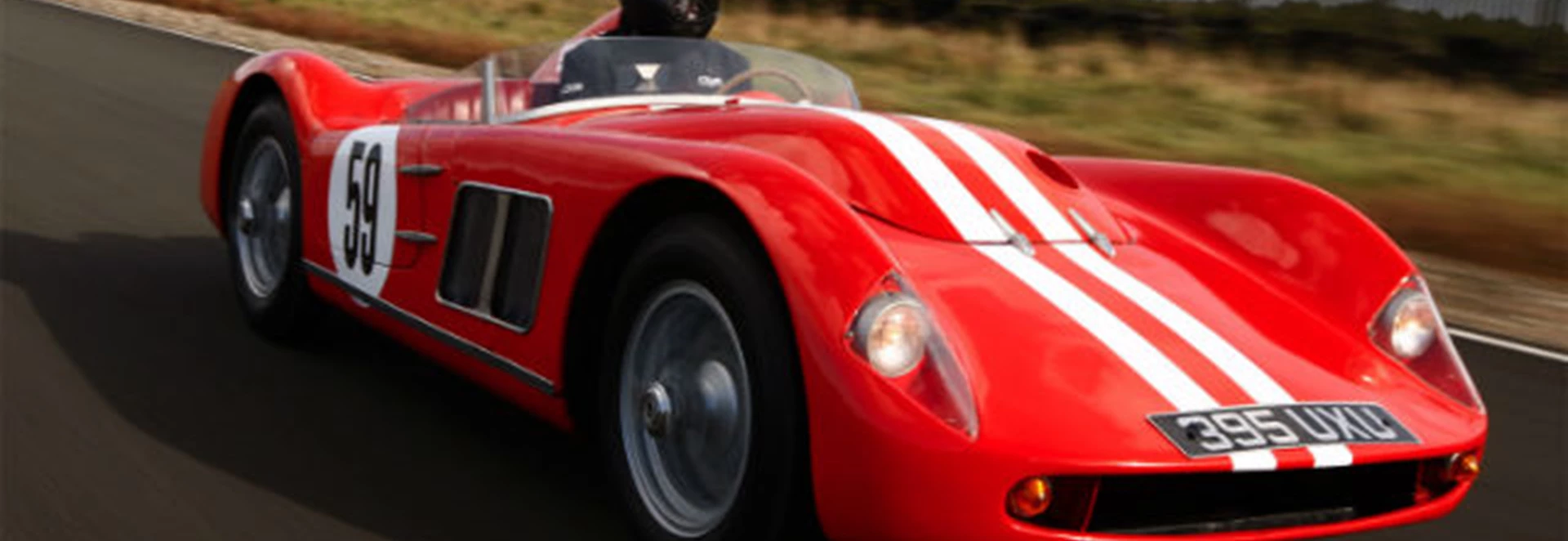It’s not every day that the Ferrari 250 GTO is made to look like a wallflower, but then it’s not every day that you get to drive one of the rarest and most terrifying cars on earth either.
“Oh, look. There’s a Ferrari,” somebody mutters disinterestedly as it slinks past, and then it’s straight back to ooh-ing and aah-ing at the car that’s idling in the paddock.
It’s a 1958 Skoda 1100 OHC Spider, one of only two left in the world and, according to Skoda, the only one that still runs.
Despite having a production run from 1957 to 1960, only three 1100 OHC Spiders were ever built. This one happens to be worth about a quarter of a million quid, yet despite this Skoda saw absolutely nothing wrong with letting a bunch of overly-excited journalists rag it round a racetrack.
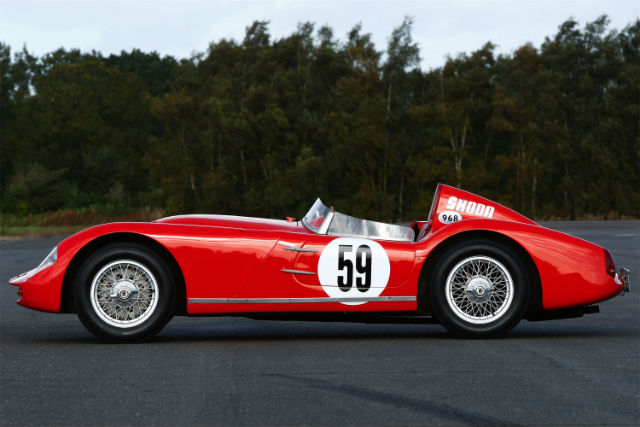
The 1100 OHC Spider was originally produced by Skoda’s chief design whiz Frantisek Sajdl for the manufacturer’s racing programme. Though not as widely-known as, say, the Jaguar D-Type, it was still successful in its part of the world, scoring a one-two win in Leningrad in 1962 and victories in races held throughout the Czech Republic.
At its heart, the car is essentially a laminate fibreglass shell mounted on a chassis made from tubular steel scaffolding pipes, with two doors and a front-engine, rear-wheel drive layout. Three aluminium-bodied coupe versions were also made, but none are believed to have survived.
There’s no denying that it’s absolutely gorgeous to look at, either. Despite being built nearly six decades ago it still looks modern up close, with a sleek design that looks like somebody locked a D-Type and a Miura in a room and ordered them to make babies.
Standing nearby and keeping a close eye on it at all times are three of Skoda’s engineers, who lovingly restored it and who are on site to give out some quick tips.
They’re remarkably cool handing over a car of such rarity, but their instructions are clear: take it easy until you get used to it and don’t go any higher than third gear, or you’ll find yourself in the field. Fair enough.
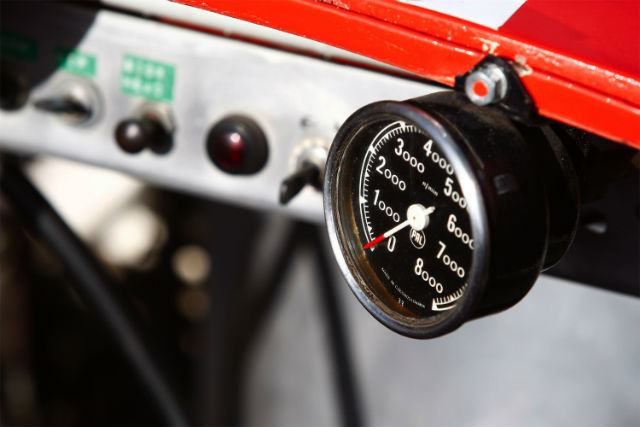
Getting in isn’t a graceful affair; there are doors on the side, but they seem like they’re there more for decoration than anything else, and the only real way to get in and out is to clamber over the seat like a go-kart.
It might seem obvious, but it’s not until you’re sitting in the luge-style cockpit that you realise just how far things have come in the past 57 years. Forget sat-nav, this thing doesn’t even have seatbelts.
Dotted with exposed tubing, you’re greeted in the driver’s seat with a large centrally-mounted speedo, a rear view mirror the size of a postage stamp and a chopstick-thin steering wheel with nothing for grip other than some rather sketchy-looking yarn wrapped round it.
In short, it’s absolutely bloody terrifying.
Compared with the cars of today, on paper it doesn’t look all that fast at all. Power comes courtesy of a 1.1-litre four-inline engine with an overhead cam, which was originally taken from the Skoda 440 road car and which generates a maximum of 92bhp.
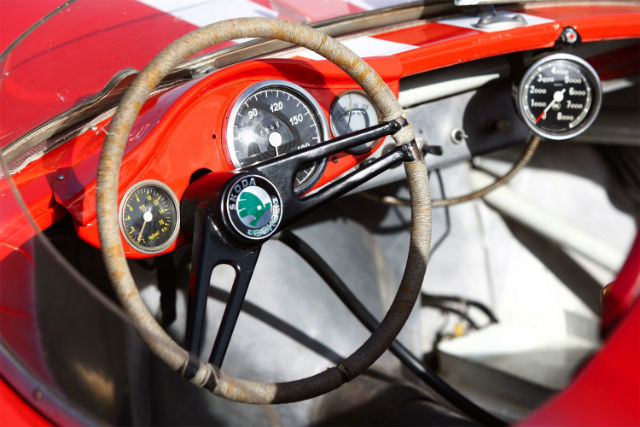
Yeah, you can get a Ford Fiesta with more horses than that these days, but when you consider that this thing is about half the weight of said Fiesta, there’s no denying that even today it has power. In its time, it would have been monstrous.
If you’re in any doubt, just wait until you fire the thing up. For a four-banger it sounds huge, like a giant bear with a particularly nasty case of strep throat.
To get the most from it, you really have to rev it to within an inch of its life; peak power kicks in from 7,700rpm and, lifting the clutch up, the Spider explodes off the starting line with an unexpected fury that’s truly startling.
In truth, you could be tootling along at 5mph and you’d still be starting to sweat it under your helmet. The engine’s shriek, coupled with the worm and nut steering that clatters and rattles about, means that the entire car sounds like it could blow up at any second.
Making you feel like you’re riding atop a miniature atom bomb like Major Kong from Dr Strangelove, just before it seems as though it’s about to go nuclear, you drop the clutch and punch your way up into second gear.
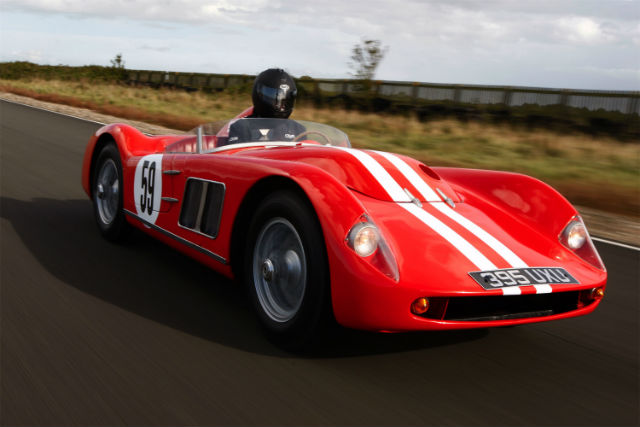
Coming round the corners and launching down the straight, it’s immediately obvious what the engineers meant when they said fourth won’t be necessary. Third feels less like a gear and more like a giant rubber band that catapults the Spider up the rev band and down the track; any more and you could genuinely be at risk of taking off.
Despite making some rather interesting noises, the steering is remarkably direct and the pedals weighty but not heavy to the point where they feel as though they impede your abilities. All the same, it’s still a workout to get it round at speed, and it’s times like these that you really appreciate what old racers had to put up with.
Back then, it wasn’t just about battling the elements, the dangers of old tracks and the other drivers, but it was also almost an endurance race against your own body before your arms and legs gave out.
Skinny wheels with wire spokes and tyres that look like they belong on a bicycle don’t help, nor do the brakes. In honesty, you couldn’t have taken this thing to its 125mph top speed even if you’d have liked to, given its age, worth and a small, slightly damp track, but what does it matter?
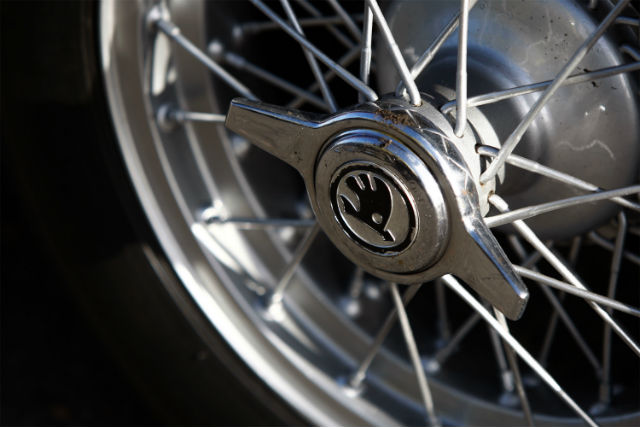
The strangest thing about it is that it doesn’t feel a million miles away from any other performance car, or at least any good one. It’s noisy, the brakes are flat-out terrible and its tiny excuse for a windscreen only serves to funnel the wind into your face rather than away from it, but that’s not what it’s about.
It’s raw, it’s visceral and it’s an absolute adrenaline rush. At the end of the day, driving isn’t about electronics, safety systems or fuel efficiency. The small details don’t matter; even speed is irrelevant.
Though it might be a bit of a stretch to call the largely-unheard of Spider a classic, isn’t timelessness the measure of any true classic? Despite being 57 years old, in many ways the 1100 OHC Spider feels as modern and as engaging as the best contemporary sports cars.
The fact that it’s very nearly one of a kind, well, that just makes it all the more special.
